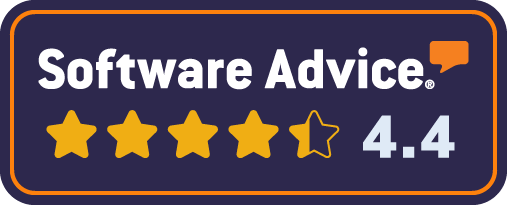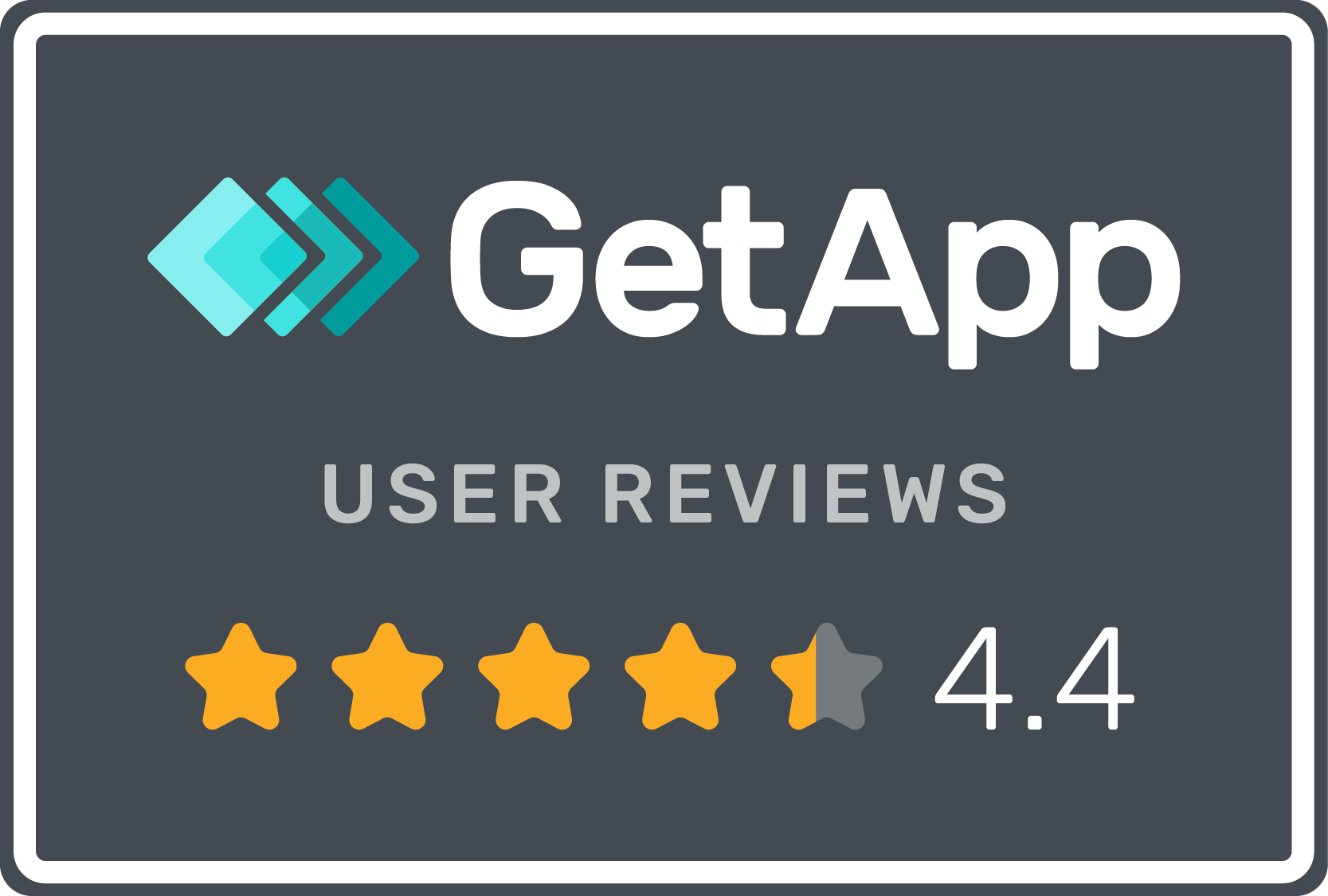When it comes to inbound vs outbound recruiting, it’s important to distinguish between inbound and outbound hiring strategies and recognise the pros and cons of each.
Your employees will make or break your business. This is why success rides on hiring knowledgeable, disciplined, and competent staff. Not all hiring methods, though, are created equal. Inbound vs outbound recruiting is a hot topic among HR departments across all industries. Learn the difference between inbound and outbound strategies and which style aligns with your hiring goals.
what is inbound recruiting?
With inbound recruitment, you let applicants come to you rather than actively seeking out candidates. The methodology is similar to inbound marketing and includes brand-building approaches. You cast the net and wait for the fish to come to you, so to speak.
inbound recruiting examples.
- Build your brand and attract job candidates through your organisation’s blog. Create informational and keyword-optimised content that explains your mission, the work you do and showcases what it is like to work for you. .
- Highlight the growth of your industry using image-rich infographics
- Publish free and downloadable e-books and whitepapers that highlight career opportunities and benefits.
- Start a YouTube channel and build subscribers by creating your own web series or podcast.
- Set up a company profile on sites like LinkedIn, share your content, build your following and let individual account holders come to you with their own job propositions.
important:
The above strategies are only likely to have a real impact if you are able to produce strong and engaging content that positions your organisation as a leader in your industry.
what is outbound recruiting?
As an outbound recruiter, you actively seek out candidates. This is usually the preferred method when you’re in a time crunch to fill a vacancy for a specific position.
outbound recruiting examples.
- Announce job vacancies directly on your website.
- Notify applicants from previous hiring cycles about openings (this is why companies tell rejected applicants that they’ll keep their details on file for future hiring).
- Research profiles on sites like LinkedIn and invite those who may be good candidates to apply.
- Reach out to candidates who have profiles on job board CV databases.
- Hire third-party recruitment agencies to source candidates.
inbound vs outbound recruiting: pros and cons.
Inbound and outbound recruiting have their respective advantages and disadvantages. Here’s a deeper look into the pros and cons of each strategy.
inbound recruiting pros.
- You can maintain a steady supply of applicants. Since candidates come to you, you always have an incoming supply of job seekers, even when you’re not actively hiring. When a vacancy opens up, simply reach out to this existing pool.
- Your HR department saves time by not having to email, call, or send social media messages to dozens or even hundreds of people, many of whom may not be interested. Only review the CVs of those who expressed interest by reaching out to you first.
- You’ll attract high-quality candidates who may not generally be active on social media or job-search sites.
inbound recruiting cons.
- It may not be suitable for startups. It might be difficult for newer companies without an established industry presence to attract high-quality candidates.
- It requires an established online and social media presence to be successful. Content is king, Can your organisation produce content that will engage the talent you are looking to hire?
outbound recruiting pros.
- You can reach out to job seekers on an as-needed basis. This method is effective for quickly filling a vacancy in response to a turnover or staff shortage.
- You can send a single message to a wide pool of candidates or tailor messages to individual candidates based on their profiles. Since you’re the conversation starter, you can ensure your message sets a friendly and approachable precedent.
- You can attract high quality candidates, as your reputation grows you will find that the top performers in your industry are keen to discuss new opportunities with you.
outbound recruiting cons.
- It requires an ongoing time investment and upfront effort. Each recruitment project sees you start from scratch and “hustle” your way to hiring. .
- It may be more difficult to get responses from high-quality candidates in a competitive industry. The very best talent needs a good reason to move. If you do not have an established brand (think large multinational) or a strong reputation built up within your industry, then it can be hard to attract top level staff.
which method should I choose for HR?
Generally, inbound recruiting is more effective for companies that have been around for some time and have invested the time and money to build their presence. This is the go-to strategy for mega-successful companies like Google or Apple, which are unlikely to have trouble attracting highly qualified job seekers.
For small to medium-sized businesses, a hybrid approach is best. As a mostly unknown company, you will need to rely on outbound recruiting for the first hiring cycle or two. As you build your brand, you can gradually shift to a more comprehensive inbound sourcing platform.
maximise recruitment with hireful.
hireful simplifies both inbound and outbound strategies by automating many of the painstaking processes. Streamline day-to-day tasks, from CV reviews to onboarding by incorporating our ats software into your hiring practices. Schedule a 15-minute call today for a free demo.

















